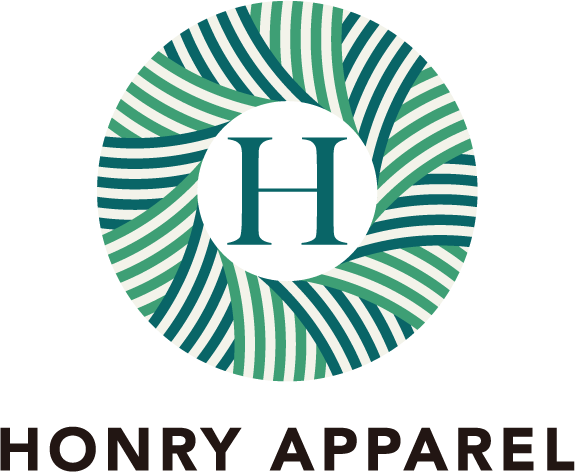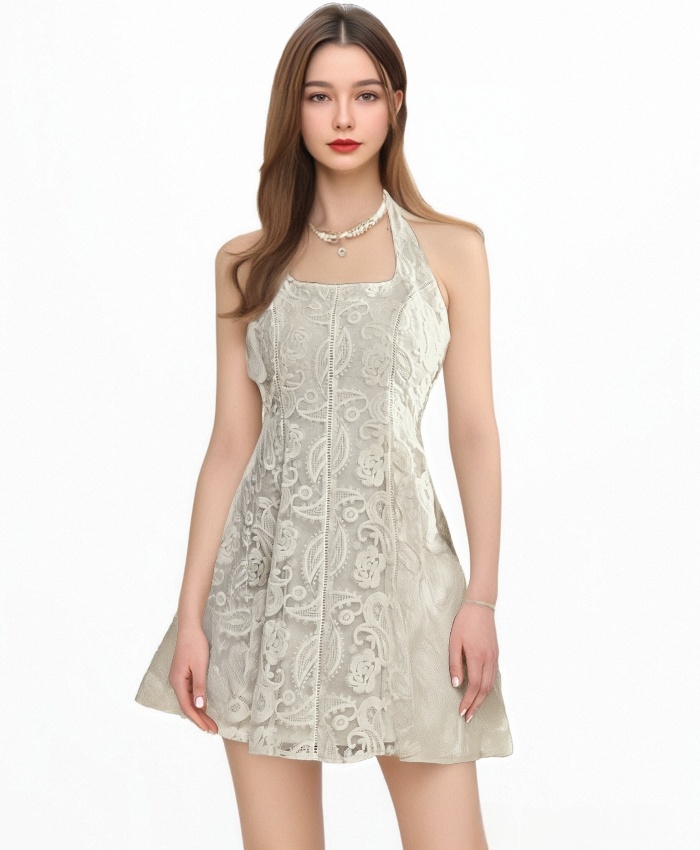For women’s apparel retailers, dresses are more than just a product—they’re a year-round bestseller that bridges casual, formal, and seasonal needs. But sourcing dresses that align with customer preferences, maintain quality, and fit your budget isn’t always easy—especially when buying in bulk. This guide breaks down how to partner with the right dresses manufacturers, suppliers, and factories to stock bulk dresses that drive sales, with actionable tips to avoid common pitfalls and stay ahead of trends.
Why Bulk Dresses Are a Smart Investment for Retailers
Bulk purchasing isn’t just about saving money—it’s about building a consistent, profitable inventory. Here’s why bulk dresses should be a cornerstone of your sourcing strategy:
- Cost efficiency: Ordering in bulk lowers per-unit costs, giving you more room to mark up prices or offer competitive deals (like “2 for $50”) that attract shoppers.
- Inventory stability: Running out of popular dress styles during peak seasons (think summer weddings, holiday parties) can drive customers to competitors. Bulk stock ensures you have enough inventory to meet demand, even during unexpected spikes.
- Trend flexibility: By partnering with suppliers who offer quick-turnaround bulk orders, you can test emerging trends (e.g., midi floral dresses, velvet slip dresses) without overcommitting to small, expensive batches.
For example, a boutique that orders 500 units of a classic wrap dress from a dresses factory can sell the style at $79.99 while keeping costs low—compared to ordering 50 units at a higher per-piece price, which might force a $99.99 tag that deters price-sensitive buyers.
Key Partners for Bulk Dress Sourcing: Manufacturers vs. Suppliers
To source bulk dresses successfully, you need to understand the roles of two critical players: dresses manufacturers and dresses suppliers—and when to work with each.
Dresses Manufacturers: For Customization and Control
A dresses manufacturer is your go-to if you want to create unique, brand-exclusive styles. These partners handle every step of production: from turning your designs (or mood boards) into patterns, to selecting fabrics, and sewing finished garments. For retailers with a distinct aesthetic—like a bohemian brand that uses hand-printed fabrics or a minimalist label focused on sustainable materials—manufacturers offer the customization needed to stand out.
When working with a dresses manufacturer for bulk orders, you’ll typically need to meet minimum order quantities (MOQs), which can range from 100 to 500+ units per style. This is ideal if you’ve tested a design (via small batches) and know it will sell—for example, a women dresses manufacturer can scale up production of a best-selling summer dress to 1,000 units for a seasonal launch.
Dresses Suppliers: For Speed and Convenience
If you need to stock trending or classic dresses quickly, a dresses supplier is the better choice. Suppliers source finished dresses from multiple manufacturers, meaning you can browse pre-made styles (e.g., cocktail dresses, casual sundresses) and order them in bulk without waiting for production. They also often have lower MOQs than manufacturers—some even offer bulk orders of 50+ units—making them perfect for startups or retailers testing new categories.
For instance, if midi slip dresses are trending on social media, a dresses supplier can get you 200 units in 2–3 weeks, whereas a manufacturer might take 6–8 weeks to produce the same style from scratch. This speed lets you capitalize on trends before they fade.

.jpg)


